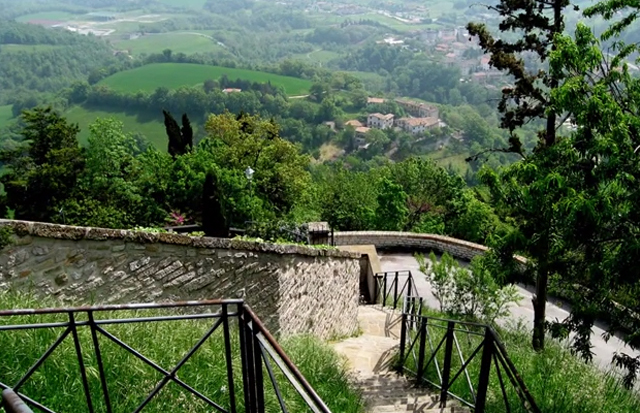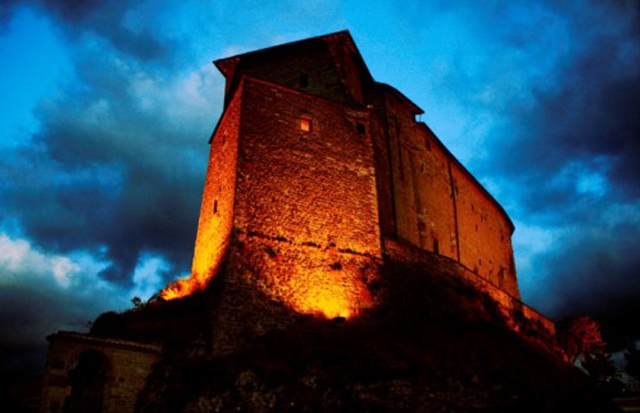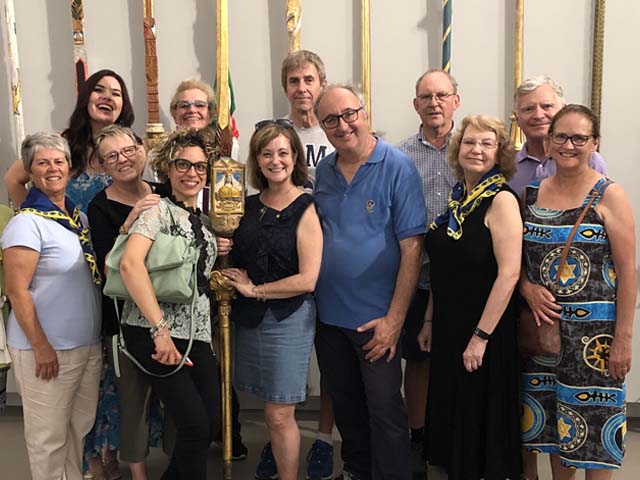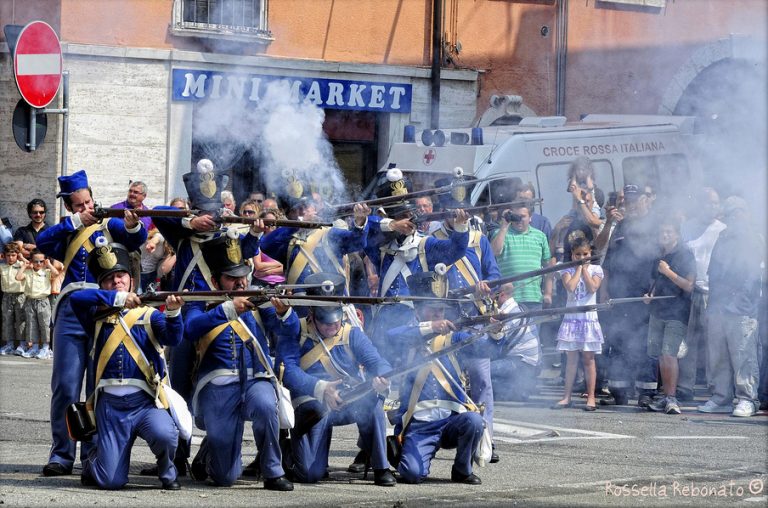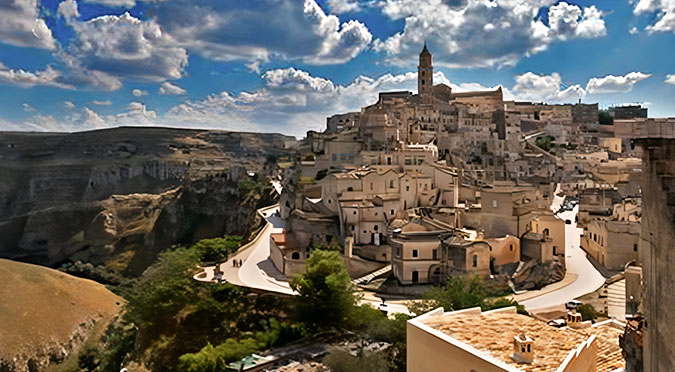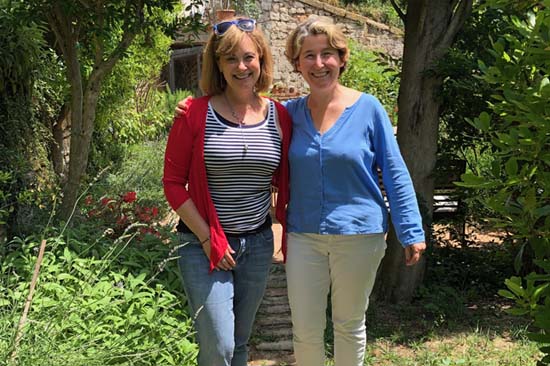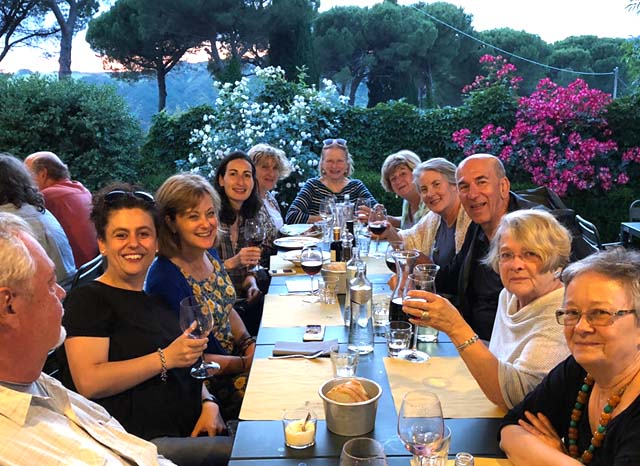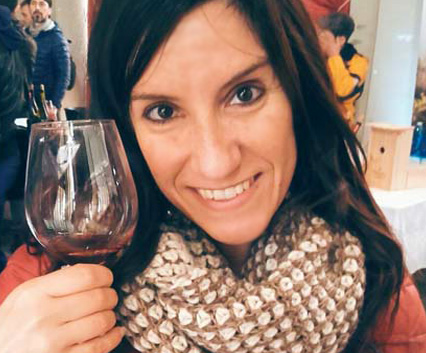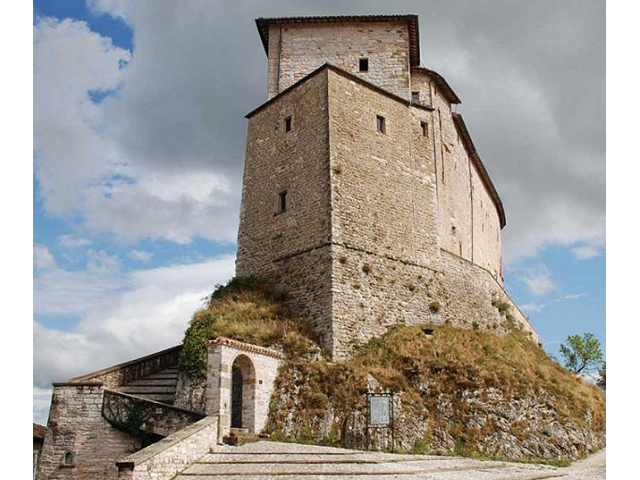
Il Castello di Frontone: Una gemma nascosta nel cuore delle Marche
Frontone Castle nelle Marche – Nadia Sparapani talks about her corner of Italy
Le Marche: Dove la storia incontra la natura
Le Marche: Where History Meets Nature
Le Marche è una splendida regione dell’Italia, confinante con l’Emilia Romagna a nord, la Toscana a nord-ovest e l’Umbria a ovest. Con Nadia Sparapani, una nativa appassionata del suo paese, esploreremo quest’area e scopriremo i tesori della sua amata regione. Visiteremo città, borghi, colline, pianure… e persino castelli! In questo guest post, Nadia ci racconta di un castello molto speciale che visiteremo nel borgo medievale di Frontone.
Le Marche is a stunning region of Italy, bordered by Emilia Romagna to the north, Tuscany to the northwest, and Umbria to the west. With Nadia Sparapani, a passionate native of her homeland, we’ll venture into the area to uncover the treasures of her beloved region. We’ll visit towns, villages, hills, plains… and even castles! In this guest post, Nadia shares about a very special castle we’ll explore in the medieval village of Frontone.

Nadia parla di Frontone: Incanto tra storia e natura
Nadia Talks about Frontone: Enchantment Between History and Nature
Le Marche è una splendida regione dell’Italia, confinante con l’Emilia Romagna a nord, la Toscana a nord-ovest e l’Umbria a ovest. Con Nadia Sparapani, una nativa appassionata del suo paese, esploreremo quest’area e scopriremo i tesori della sua amata regione. Visiteremo città, borghi, colline, pianure… e persino castelli! In questo guest post, Nadia ci racconta di un castello molto speciale che visiteremo nel borgo medievale di Frontone.
Le Marche is a stunning region of Italy, bordered by Emilia Romagna to the north, Tuscany to the northwest, and Umbria to the west. With Nadia Sparapani, a passionate native of her homeland, we’ll venture into the area to uncover the treasures of her beloved region. We’ll visit towns, villages, hills, plains… and even castles! In this guest post, Nadia shares about a very special castle we’ll explore in the medieval village of Frontone.
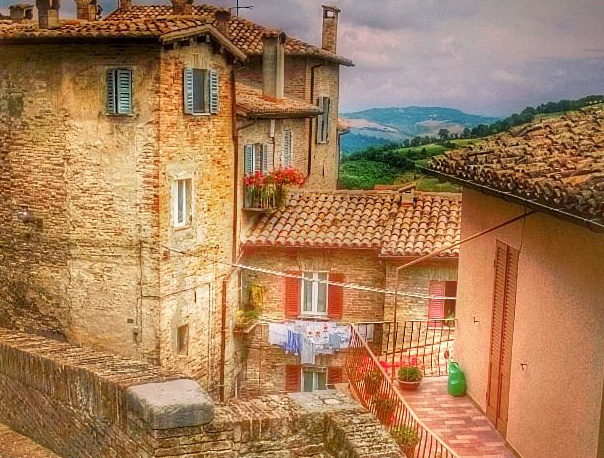
Un paradiso per gli amanti della natura
A Paradise for Nature Lovers
L’ambiente naturale intorno al castello è uno dei più suggestivi delle Marche, situato vicino al maestoso Monte Catria. A 600 metri sul livello del mare, Frontone offre un paesaggio incontaminato, mantenuto grazie al lavoro attento degli abitanti locali. È possibile esplorare i sentieri e le mulattiere che attraversano la zona, scoprendo gemme nascoste come funghi, fragole, more, tartufi e, con un po’ di fortuna, ammirare l’elegante volo di un’aquila.
The natural environment surrounding the castle is among the most striking in Le Marche, located near the majestic Mount Catria. At 600 meters above sea level, Frontone offers a pristine landscape preserved by the care of its local inhabitants. Trails and paths crisscross the area, leading to hidden treasures like mushrooms, strawberries, blackberries, truffles, and, if you’re lucky, the graceful flight of a soaring eagle.
Il gusto di Frontone: la Crescia
The Taste of Frontone: La Crescia
Dal punto di vista culinario, Frontone è famoso per la sua “crescia,” da non confondere con la “piadina.” Negli anni, i cuochi locali hanno custodito la ricetta tradizionale, rendendola un punto d’orgoglio per gli abitanti. È un must per chi visita Frontone, farcita con verdure selvatiche, salsiccia, formaggio o altre deliziose combinazioni.
From a culinary perspective, Frontone is renowned for its “crescia,” not to be confused with the “piadina.” Over the years, local chefs have preserved the traditional recipe, making it a source of pride for residents. It’s a must-try for visitors, filled with wild greens, sausage, cheese, or other delectable combinations.
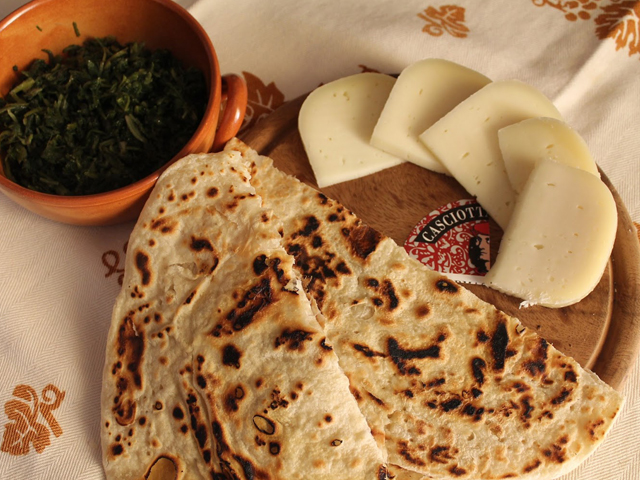
Scopri Le Marche con Nadia e Melissa
Explore Le Marche with Nadia and Melissa
Grazie, Nadia, per averci raccontato del castello di Frontone! Non vedo l’ora di essere nelle Marche con te!
Thank you, Nadia, for sharing the story of Frontone Castle! I can’t wait to join you in Le Marche!
